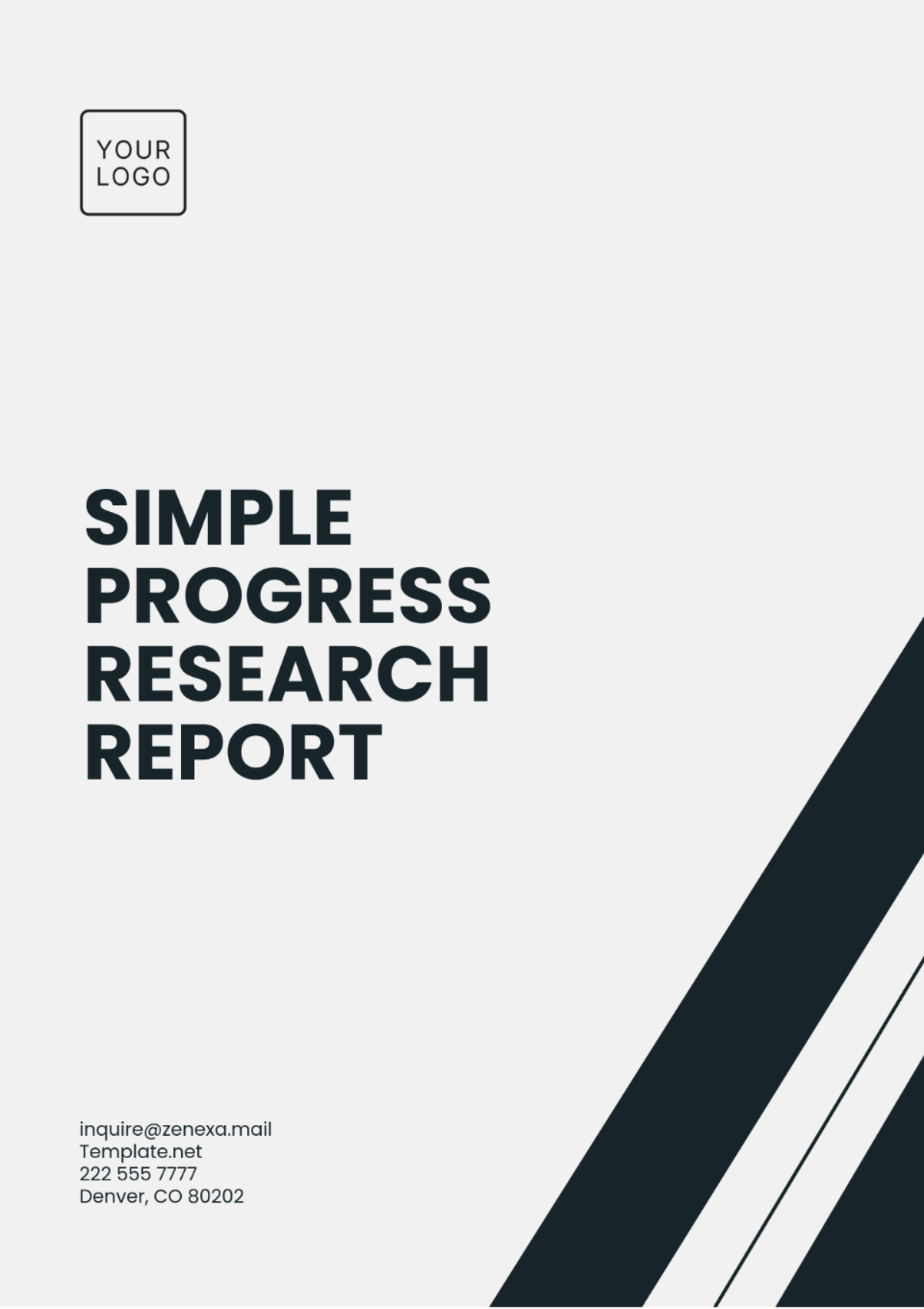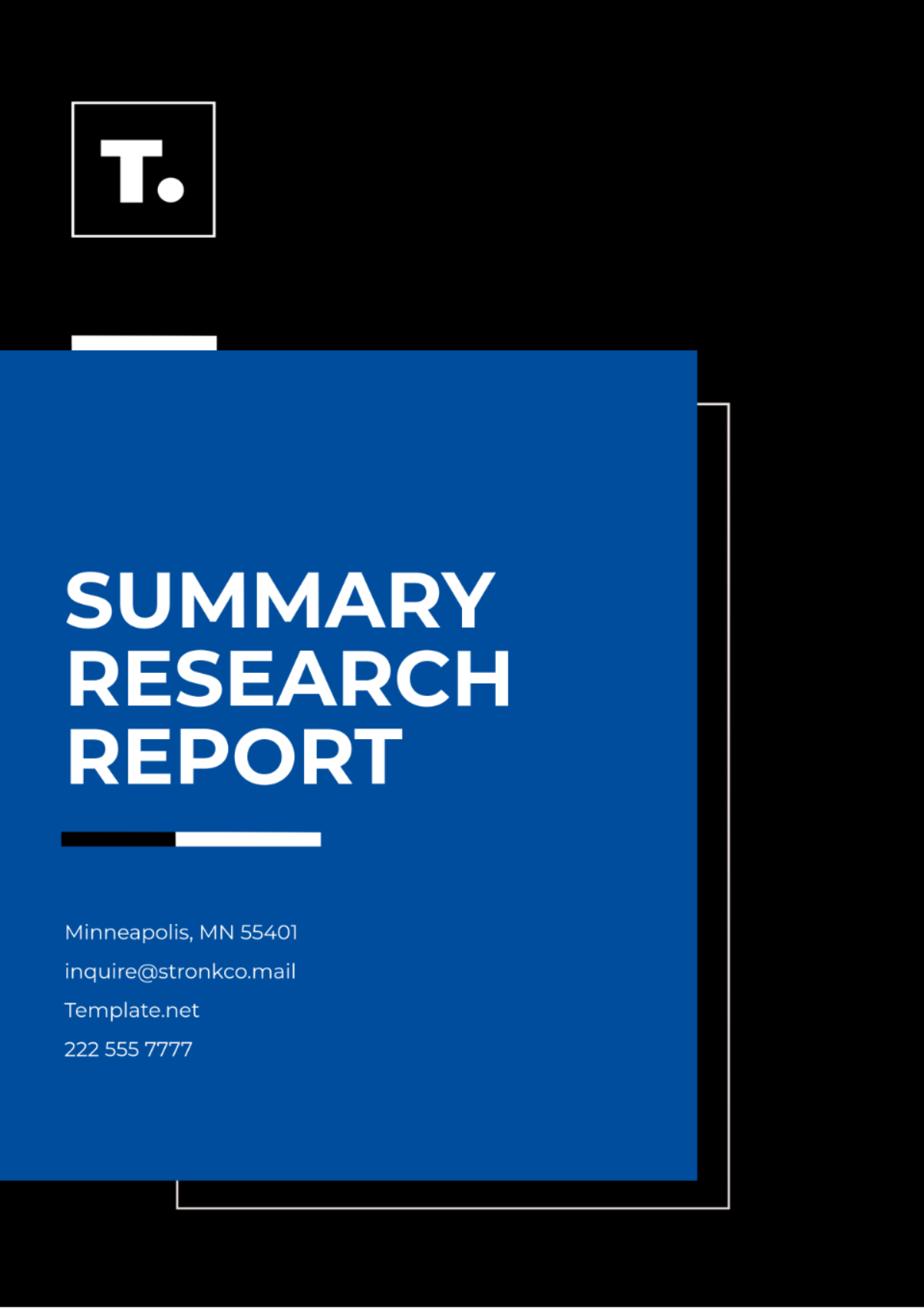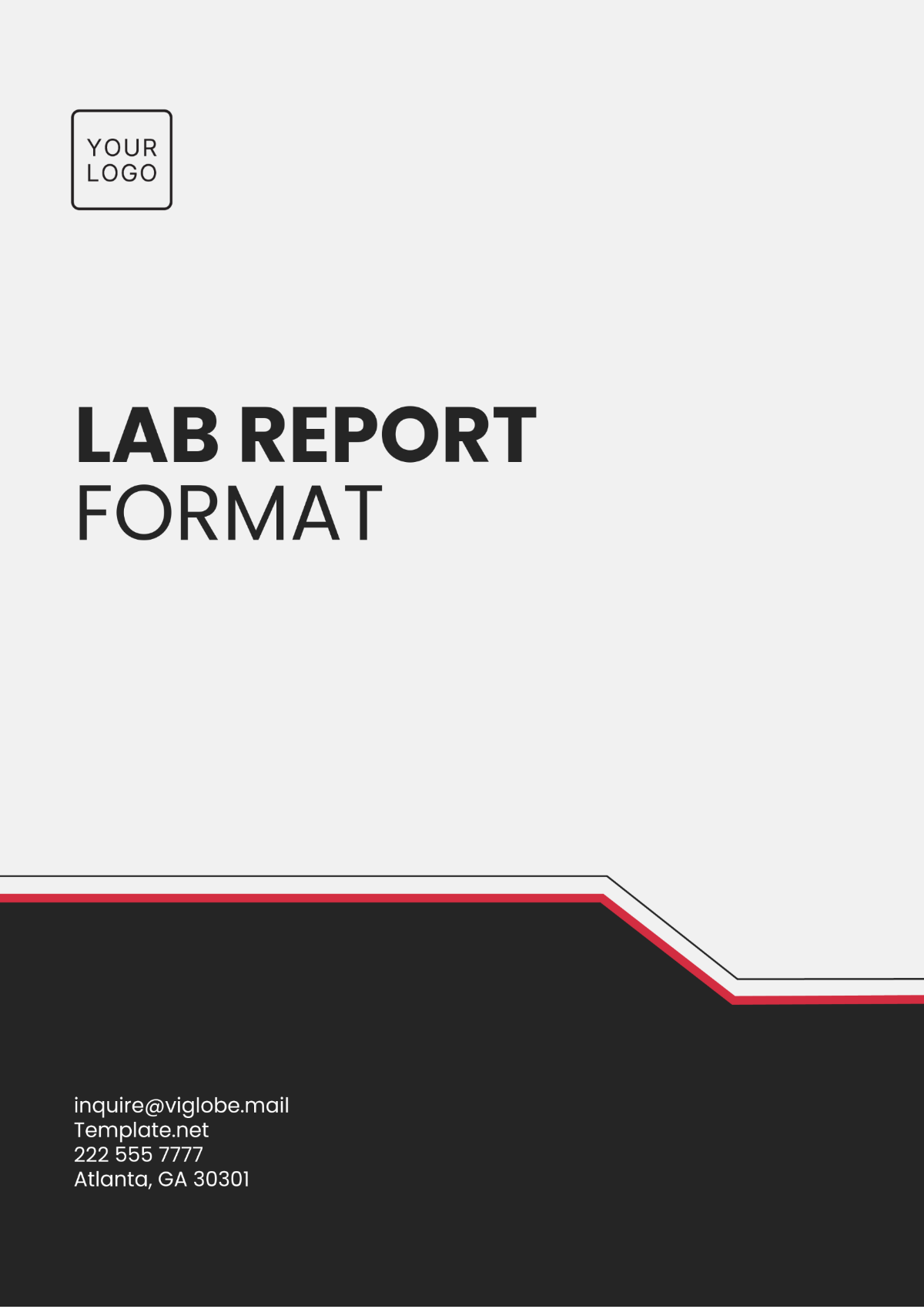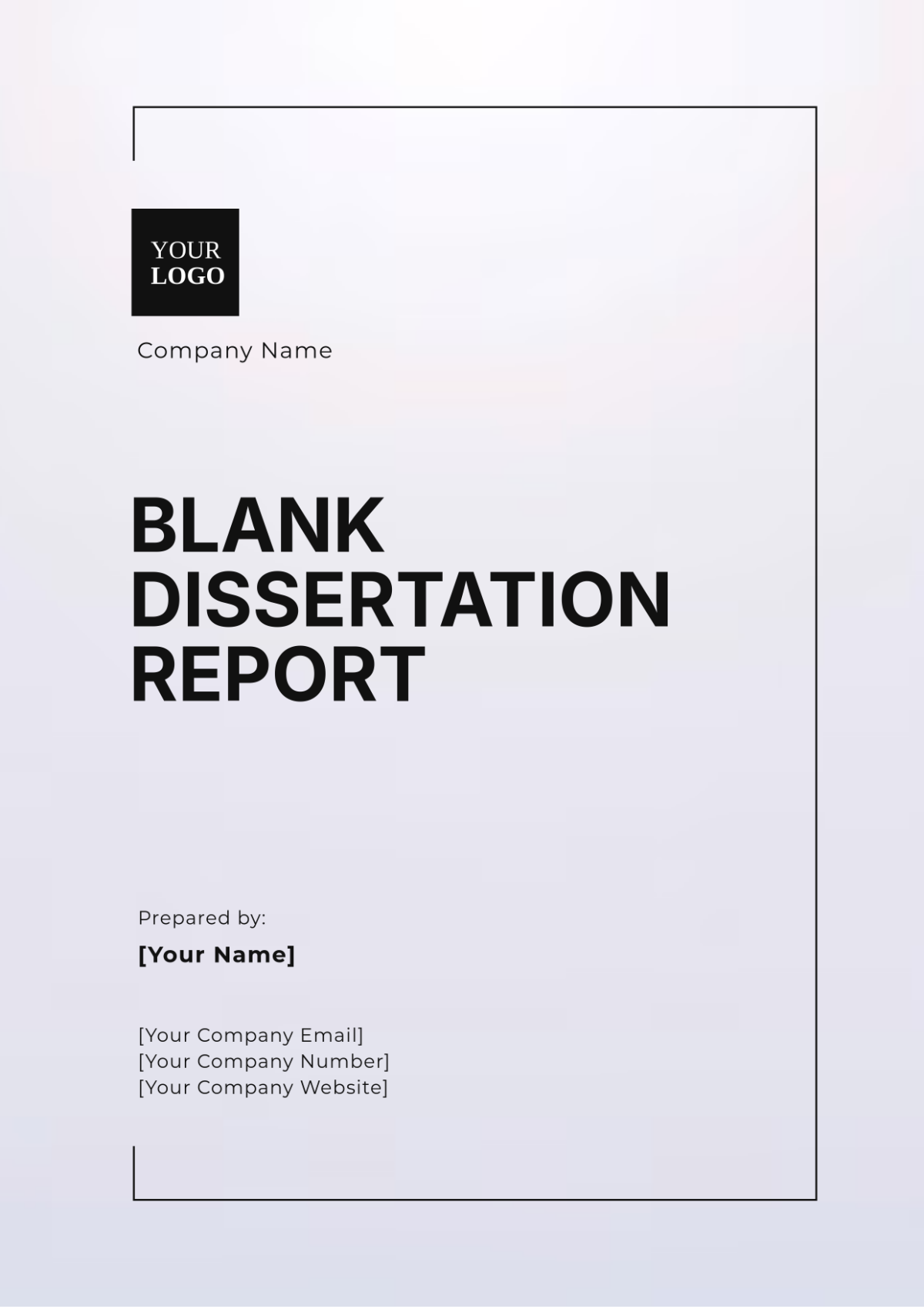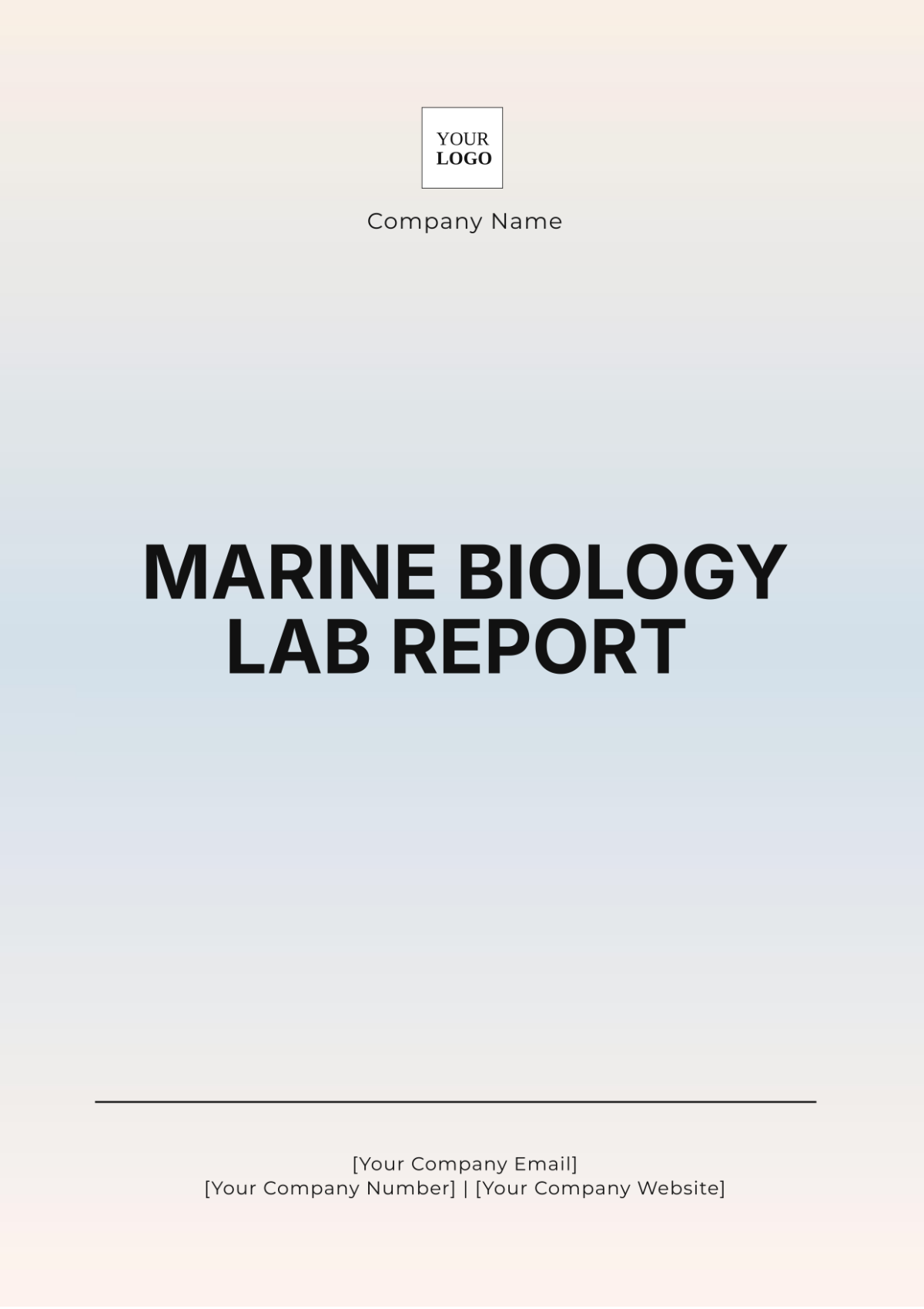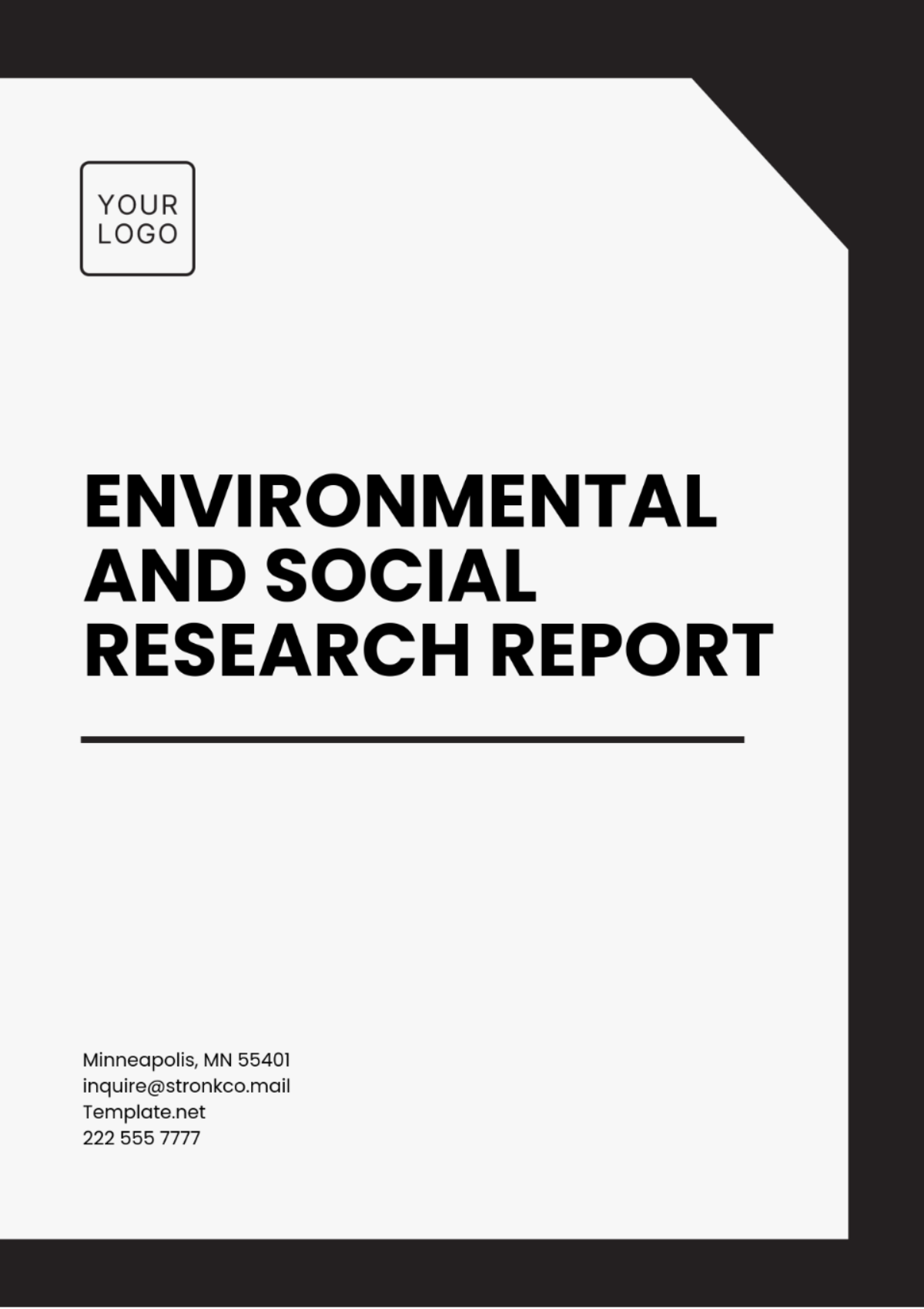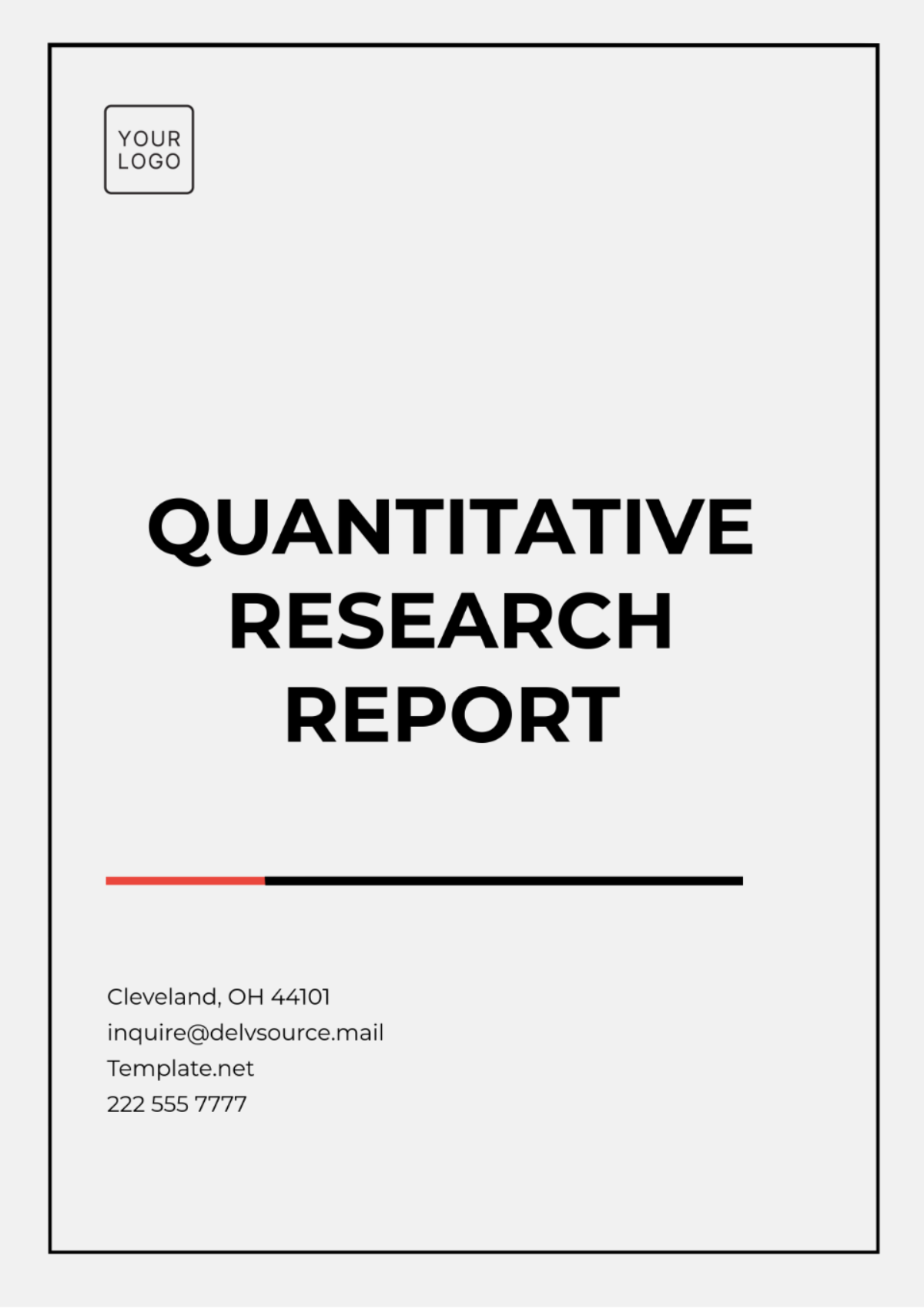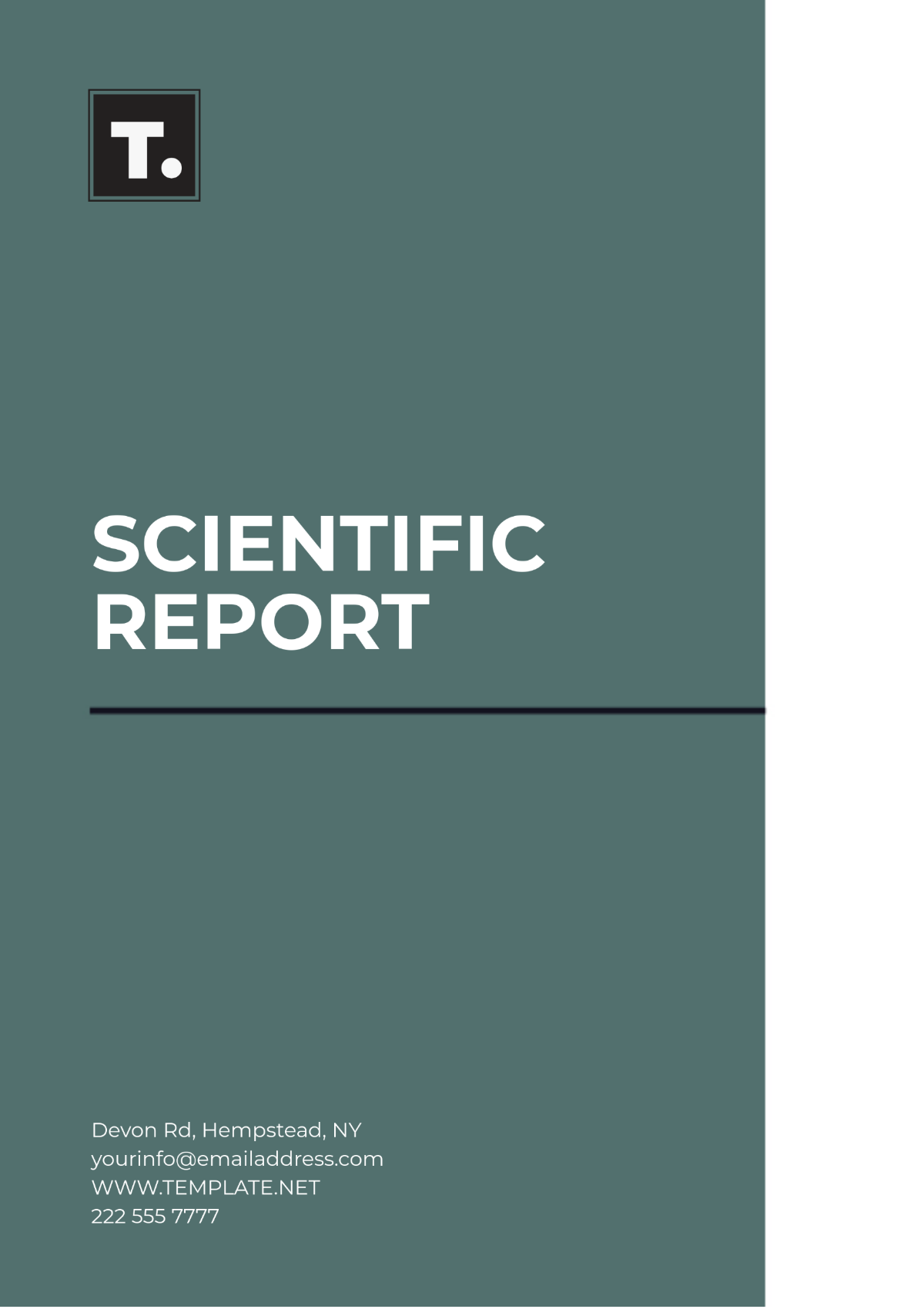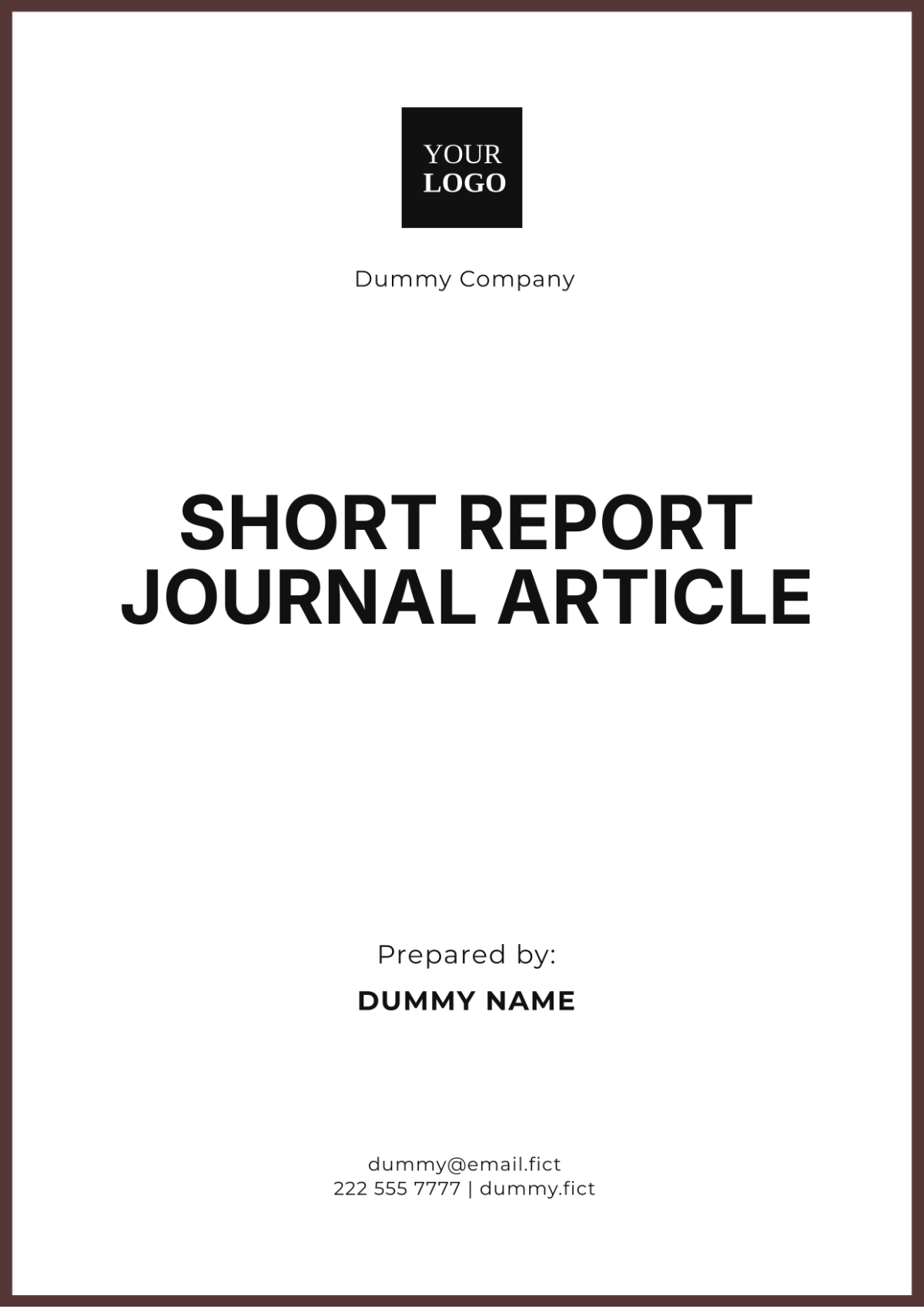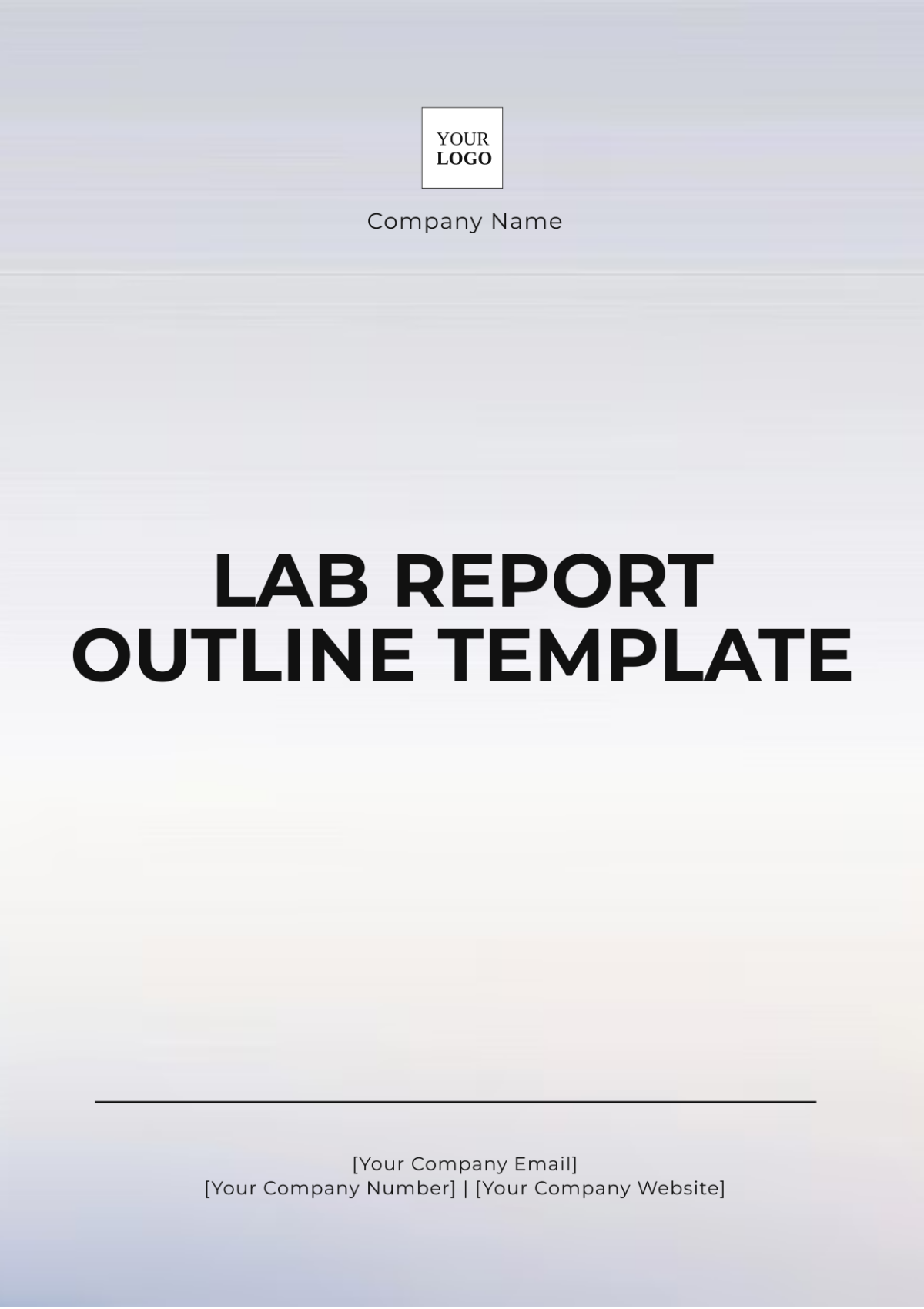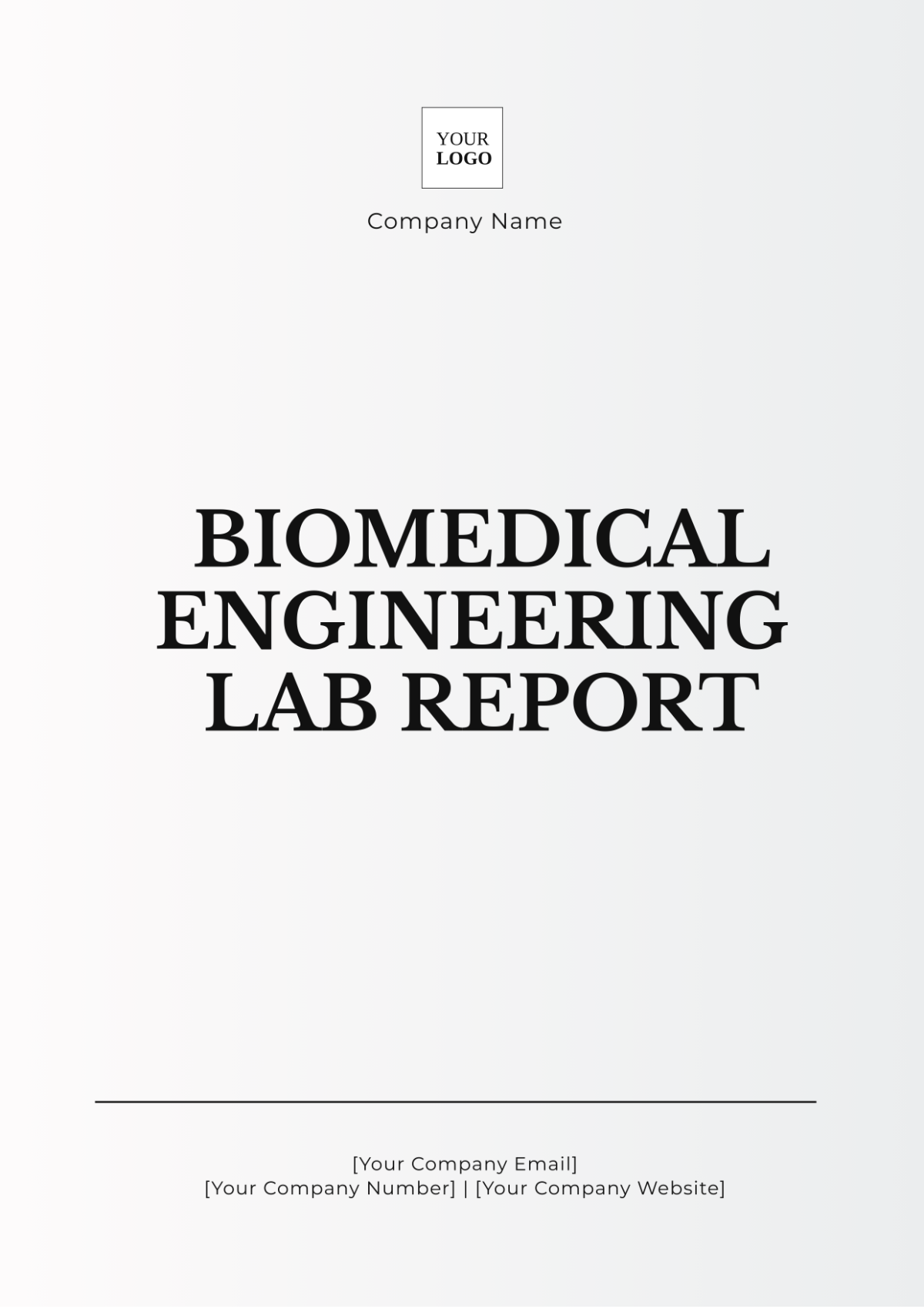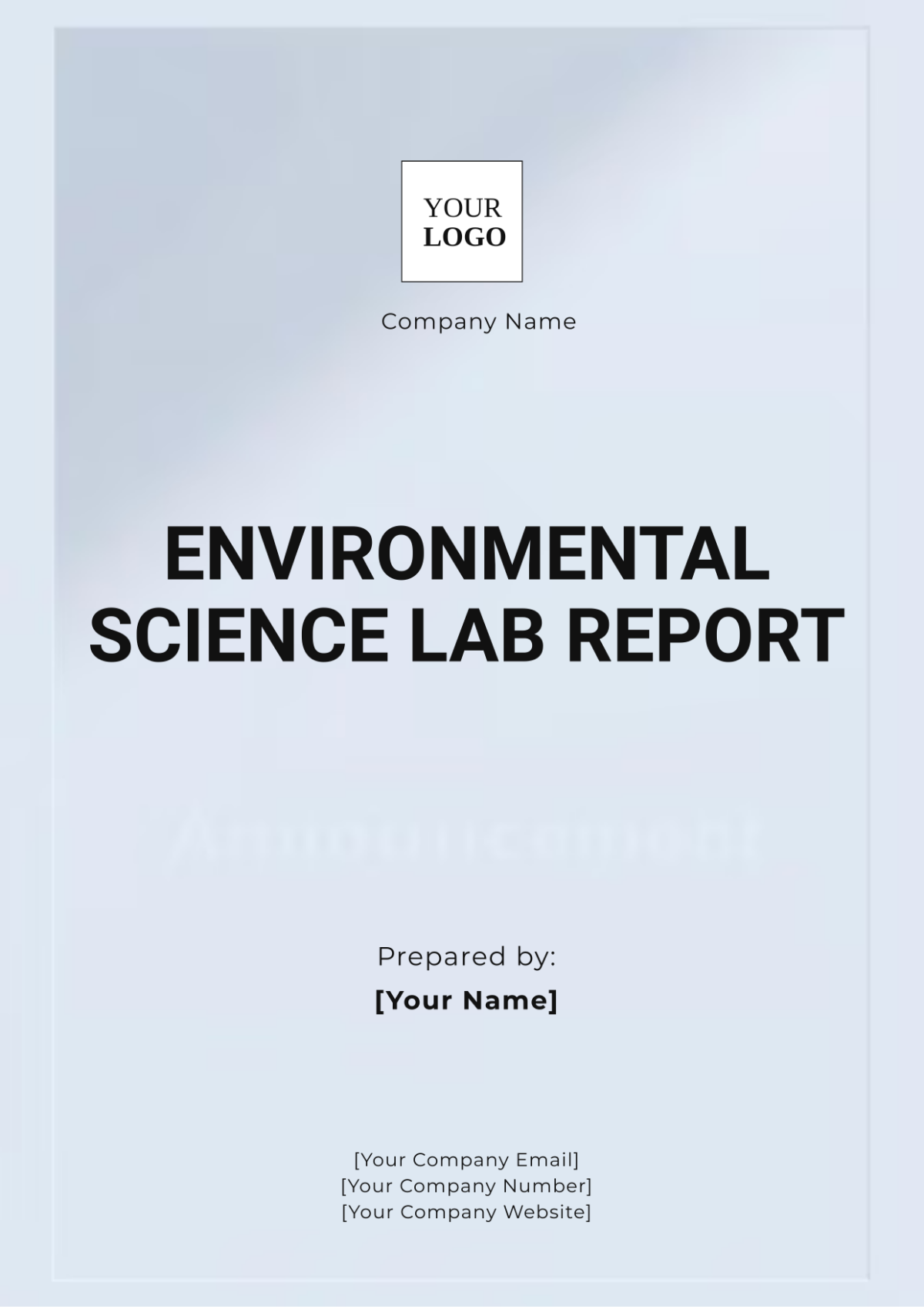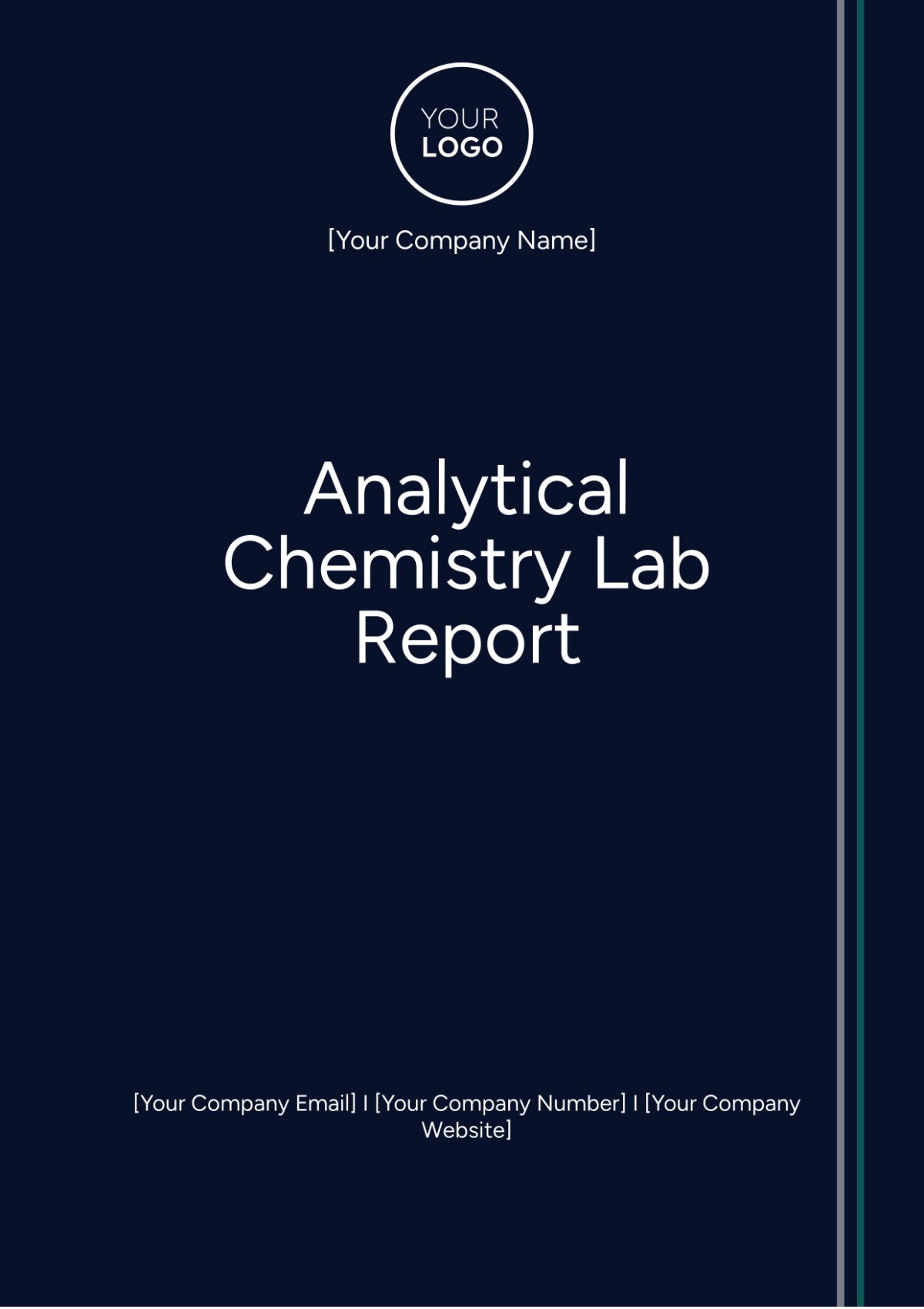APA Style Lab Report
Prepared By: [YOUR NAME]
I. Abstract
Title: Water Hardness Analysis Using EDTA Titration
This study aimed to determine the hardness of various water samples using EDTA titration. Water hardness, caused by dissolved calcium and magnesium ions, affects water quality and usability. The results showed varying degrees of hardness among the samples, with Sample A classified as soft water and Sample C as hard water. The findings highlight the importance of regular monitoring and potential treatment of water to ensure its suitability for domestic and industrial use.
II. Introduction
Water hardness is a measure of the concentration of calcium and magnesium ions in water. These ions can cause scale formation and reduce the effectiveness of soaps and detergents. EDTA (ethylenediaminetetraacetic acid) titration is a common method for determining water hardness. This experiment aimed to quantify the hardness of different water samples using EDTA titration and to assess their quality based on hardness levels.
III. Methodology
A. Materials
Water samples (A, B, C)
EDTA solution (0.01 M)
Eriochrome Black T indicator
Ammonia buffer solution
Burette
Pipette
Conical flask
B. Procedure
50 mL of water sample A was measured into a conical flask.
1 mL of ammonia buffer solution was added to maintain the pH at around 10.
A few drops of Eriochrome Black T indicator were added to the flask.
The solution was titrated with the EDTA solution until the color changed from wine red to blue, indicating the endpoint.
The volume of EDTA used was recorded.
Steps 1-5 were repeated for water samples B and C.
The hardness of each water sample was calculated based on the volume of EDTA used.
IV. Results
Sample | Volume of EDTA (mL) | Hardness (ppm CaCO3) |
|---|---|---|
A | 5.0 | 50 |
B | 12.0 | 120 |
C | 25.0 | 250 |
Sample A was classified as soft water (<60 ppm), Sample B as moderately hard water (61-120 ppm), and Sample C as hard water (>180 ppm).
V. Discussion
The EDTA titration results indicated varying levels of hardness among the water samples tested. Sample A, with a hardness of 50 ppm, is considered soft water, suitable for most domestic uses without significant issues. Sample B, with a hardness of 120 ppm, is moderately hard, which may require treatment for certain applications to prevent scale formation. Sample C, with a hardness of 250 ppm, is classified as hard water, potentially causing significant scaling and reducing the efficiency of detergents.
These findings emphasize the importance of monitoring water hardness to ensure its suitability for various uses. Regular testing and appropriate treatment can mitigate the negative effects of hard water, such as scaling in pipes and appliances and decreased effectiveness of cleaning agents.
VI. Conclusion
The experiment successfully determined the hardness of different water samples using EDTA titration. The results highlight the variability of water hardness and the need for regular monitoring and potential treatment to ensure water quality. EDTA titration proved to be an effective method for quantifying water hardness, providing valuable information for managing water quality in domestic and industrial settings. Further research could explore the impact of water hardness on specific applications and the effectiveness of various water softening methods.
VII. References
American Water Works Association. (2050). Water quality and treatment: A handbook on drinking water. McGraw-Hill Education.
Edwards, M., & Dudi, A. (2054). Role of chlorine and chloramine in corrosion of lead-bearing plumbing materials. Journal of Environmental Engineering, 130(2), 159-168.
Montgomery, J. M. (2059). Water treatment principles and design (3rd ed.). Wiley.
Sawyer, C. N., McCarty, P. L., & Parkin, G. F. (2053). Chemistry for environmental engineering and science (5th ed.). McGraw-Hill Education.

